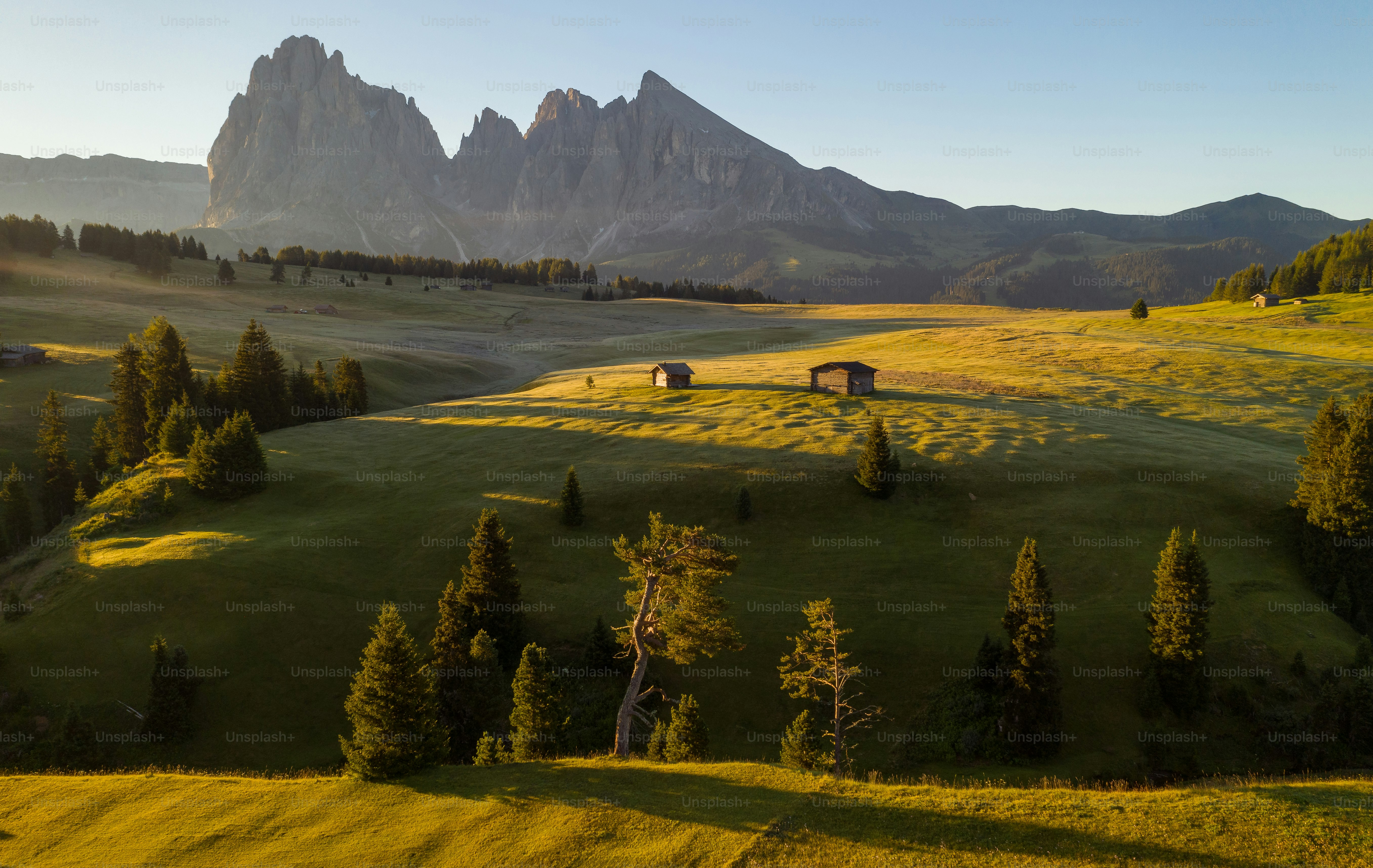![]()
Unlocking the full potential of your camera involves understanding and mastering essential settings, particularly when capturing the stunning beauty of nature. Mountain photography is a field where these skills are put to the test. As a mountain photographer, you must be adept at adjusting your camera's settings to account for varying light conditions and dramatic landscapes. This not only enhances the quality of your images but also brings out the awe-inspiring details of towering peaks and expansive vistas. Learning to manipulate settings like ISO, aperture, and shutter speed can make a significant difference in your mountain landscape photography. One crucial aspect of mountain landscape photography is choosing the right aperture. A smaller aperture (higher f-stop number) increases the depth of field, ensuring that both the foreground and background are in sharp focus. This is particularly useful for capturing intricate details in landscape photos. On the other hand, a larger aperture (lower f-stop number) can be used creatively to blur the background, highlighting a specific element in the scene. Understanding when and how to adjust the aperture allows you to create more dynamic and visually appealing images.
Shutter speed is another vital setting for any mountain photographer. A fast shutter speed can freeze motion, which is perfect for capturing fast-moving elements like flowing water or shifting clouds. Conversely, a slower shutter speed can introduce a sense of motion and drama to your landscape photos, such as the silky effect of a waterfall. Mastering shutter speed settings enables you to adapt to various shooting conditions and achieve the desired artistic effect in your photographs. This skill is particularly beneficial when creating large landscape photography prints that capture the essence of the natural world. ISO settings also play a significant role in mountain landscape photography. Lower ISO values are ideal for bright conditions and ensure high image quality with minimal noise. In contrast, higher ISO settings are useful in low-light situations but can introduce graininess to the photos. A proficient mountain photographer knows how to balance ISO settings to maintain clarity and detail, especially when preparing images for large landscape photo prints. By mastering ISO, you can take full advantage of natural lighting and enhance the overall quality of your landscape shots.
Finally, combining these settings effectively can result in breathtaking landscape photography prints. The interplay between aperture, shutter speed, and ISO determines the exposure and quality of your photographs. When printing your work, especially in large landscape photo prints, these details become even more critical. High-quality prints showcase every nuance and texture, bringing the natural beauty of the scene to life. Whether displayed in a gallery or your home, these prints allow viewers to experience the grandeur of nature up close. In conclusion, mastering your camera’s settings is essential for excelling in mountain photography and producing stunning landscape photos. By understanding and controlling aperture, shutter speed, and ISO, you can create high-quality images suitable for large landscape photography prints. These skills not only enhance your capabilities as a mountain photographer but also ensure that your photographs, when turned into landscape photography prints, captivate and inspire viewers. Investing time in learning these settings will elevate your photography, allowing you to capture and share the beauty of the natural world through exquisite large landscape photo prints.

No comments:
Post a Comment